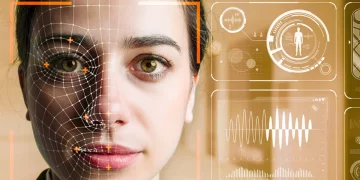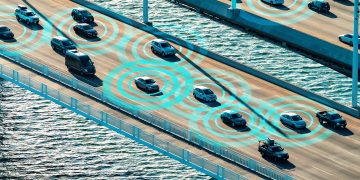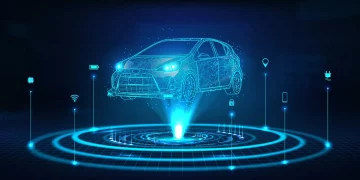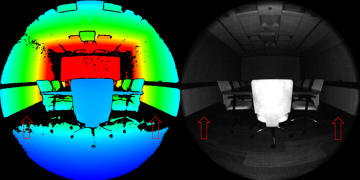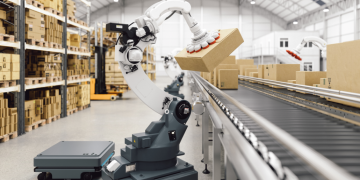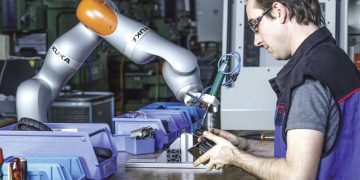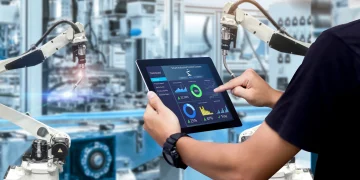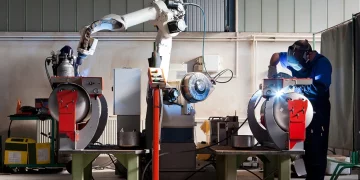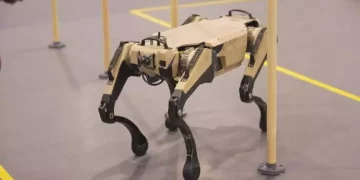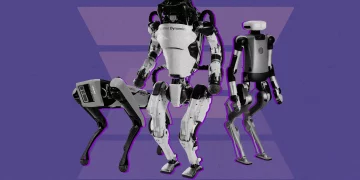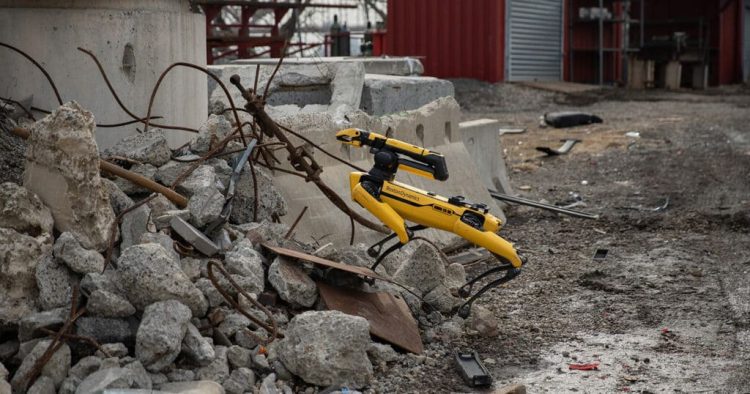In recent years, the rapid advancement of robotic technologies has revolutionized numerous industries, but one of the most significant transformations has occurred in the areas of disaster rescue and environmental protection. Robots, once confined to controlled industrial environments, are now being deployed in real-world emergency scenarios to save lives, aid recovery efforts, and mitigate damage. This article explores how robotics is reshaping these critical fields, examining the technologies behind it, the current and potential applications, and the challenges that need to be addressed for wider adoption.
1. Introduction: Robotics in Crisis Response
The world is increasingly vulnerable to natural disasters and environmental hazards, including earthquakes, floods, wildfires, and industrial accidents. Traditional emergency response often involves significant risk to human life and can be limited by the severity of the conditions. In these circumstances, robots provide a unique solution—delivering precision, autonomy, and safety where human intervention is impractical or impossible.
Disaster rescue operations, such as the aftermath of earthquakes, tsunamis, or building collapses, often require reaching survivors in hazardous environments, navigating rubble, or assessing the damage in unsafe locations. Traditional methods of rescue are labor-intensive and fraught with risk, particularly in volatile conditions. Robots equipped with advanced sensors, machine learning algorithms, and autonomous navigation systems are revolutionizing these rescue operations, making them faster, safer, and more efficient.
Environmental protection efforts are no less important. The rise in climate change, pollution, and resource depletion has placed considerable strain on ecosystems and human communities. Robotics is being used to tackle various aspects of environmental monitoring and remediation, from tracking pollution in waterways to monitoring wildlife in remote areas, and even combating climate change by restoring damaged ecosystems.
2. Robotics in Disaster Rescue: Saving Lives in Dangerous Situations
Search and Rescue Robots: A New Age of Response
Search and rescue (SAR) robots are designed to work in environments that are too hazardous or inaccessible for human rescuers. These robots can navigate through rubble, collapsed buildings, or toxic environments, equipped with sensors that allow them to detect heat, gas leaks, motion, and biological signs such as human heartbeats or body temperature.
Key Technologies Enabling SAR Robots:
- Thermal Cameras: These help robots detect heat signatures, which can be used to identify survivors trapped under debris.
- LiDAR (Light Detection and Ranging): LiDAR technology allows robots to create detailed 3D maps of their surroundings, which is essential for navigation through damaged structures.
- Gas and Chemical Sensors: In cases of fires, chemical spills, or gas leaks, these sensors can detect hazardous materials that may pose a risk to human rescuers.
- Drones: Unmanned aerial vehicles (UAVs) are commonly used in SAR operations, providing real-time aerial views of disaster zones, mapping the terrain, and identifying survivors. Drones equipped with infrared cameras and thermal sensors can identify the heat signatures of victims even under debris or in forested areas after wildfires.
Case Study: The 2011 Fukushima Disaster
During the 2011 Fukushima Daiichi nuclear disaster in Japan, radiation levels were too high for humans to enter the affected areas. Robots equipped with radiation sensors and cameras were deployed to gather critical data about the damage and radiation levels within the reactors. The robots’ autonomous navigation systems allowed them to access areas that were previously inaccessible to humans, proving their value in hazardous conditions. This disaster showcased the potential for robots to reduce human exposure to life-threatening environments.
Robots in Hazardous Environments
Robots have proven particularly useful in hazardous environments, where human presence may be unsafe. For example, explosive detection robots are used to identify and neutralize unexploded ordnance (UXO) in war zones or after natural disasters. Similarly, in flooded areas or wildfire zones, robots equipped with waterproof sensors and fire-resistant materials can operate in environments too dangerous for humans to approach.
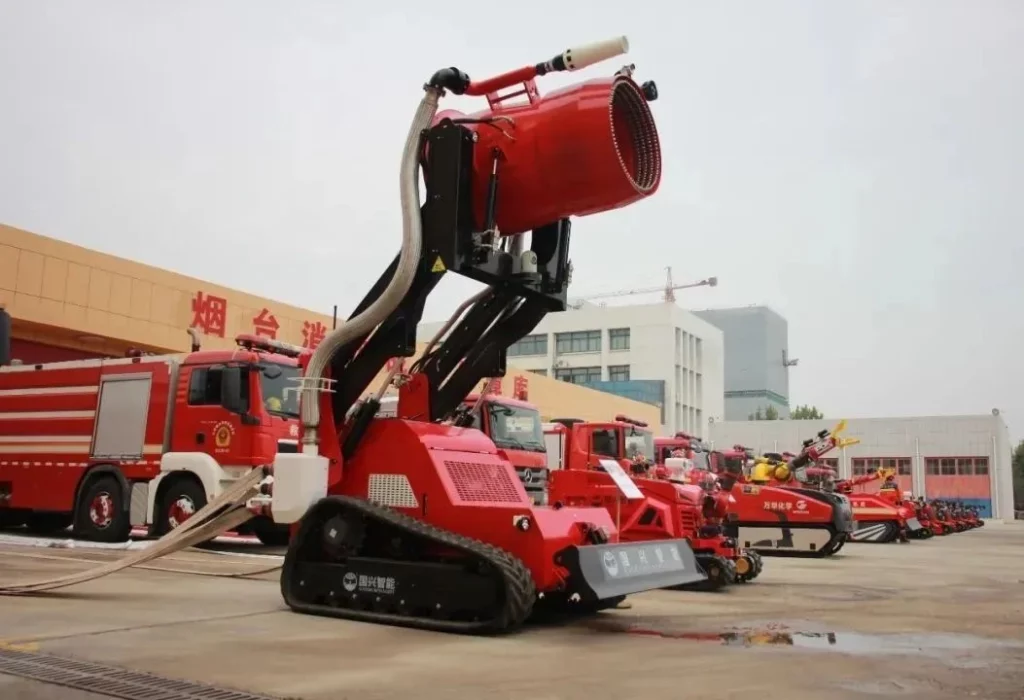
3. Environmental Protection: Robotics for a Sustainable Future
While disaster rescue is about saving lives in urgent situations, environmental protection robotics focuses on long-term sustainability. With the growing challenges posed by climate change, pollution, and ecosystem degradation, robots are playing an increasingly vital role in mitigating the impact of human activity on the environment.
Environmental Monitoring: Real-Time Data Collection
Robots are enabling better environmental monitoring by providing real-time data that can guide decision-making and policy. For example, robots equipped with sensors that measure air quality, soil conditions, and water pollution can be deployed to continuously monitor regions prone to pollution or ecological destruction.
Key Technologies for Environmental Protection Robots:
- Drones for Aerial Monitoring: Drones are capable of collecting data from hard-to-reach areas, such as forests, rivers, and oceans. They are used to monitor forest fires, track illegal logging activities, or monitor wildlife populations.
- Underwater Robots: Submersible robots, or ROVs (remotely operated vehicles), are used to explore and monitor underwater ecosystems, track pollution in oceans, and assess the health of coral reefs.
- Biodegradable Robots: These robots are designed to perform tasks in the environment, such as cleaning up oil spills, without leaving a lasting impact. Their biodegradability ensures that they don’t contribute to the pollution they aim to solve.
Robots in Wildlife Conservation
Robots are being increasingly used in wildlife conservation efforts. For example, autonomous ground robots and drones are helping track endangered species, monitor illegal poaching, and even plant trees in areas that are critical for maintaining biodiversity. Robots with AI systems can recognize individual animals, study their behaviors, and help researchers gather data without disturbing the natural habitat.
Case Study: Ocean Cleanup Project
In one ambitious project aimed at cleaning the oceans, autonomous robots are being used to remove plastic waste from the Great Pacific Garbage Patch. These robots use specialized filters to collect plastic debris and safely remove it from the ocean, which is a key part of the effort to reduce ocean pollution and protect marine life.
4. The Future of Robotics in Disaster Rescue and Environmental Protection
While robots are already making a significant impact in disaster relief and environmental protection, future advancements promise to enhance their capabilities and expand their applications.
AI and Machine Learning in Robotics
As robots become more autonomous, the integration of artificial intelligence (AI) and machine learning (ML) will allow them to make real-time decisions in disaster and environmental contexts. AI algorithms can help robots predict the behavior of natural disasters, such as fires, floods, or earthquakes, and make dynamic decisions about where to deploy resources most effectively. In environmental contexts, AI can enable robots to recognize patterns and assess long-term trends in environmental data.
Swarming Robots: Collective Intelligence
One of the most exciting developments in robotics is the use of swarming robots. This involves deploying multiple robots that work together as a collective, sharing information and completing tasks that would be impossible for a single robot to accomplish. For example, swarming drones can survey vast areas after a disaster, gather data, and assist in rescue efforts in real-time, providing a level of coverage and precision that a single human team could not achieve.
5. Challenges and Considerations
Despite the promising advancements, the use of robotics in disaster rescue and environmental protection faces several challenges:
- Reliability in Extreme Conditions: Robots must be designed to function in highly dynamic and dangerous environments, such as after an earthquake or in a wildfire. Ensuring that they are robust enough to withstand extreme temperatures, heavy radiation, or underwater pressures remains a challenge.
- Cost: High-quality rescue and environmental robots often come with a hefty price tag. The affordability and accessibility of these technologies remain a barrier to their widespread deployment in low-resource regions.
- Ethical and Legal Issues: The use of robots in sensitive areas raises ethical and legal concerns. For instance, in disaster zones, there may be a need for ensuring that robots do not interfere with human efforts or create unintended consequences. Similarly, autonomous robots conducting environmental cleanup might face regulatory hurdles regarding safety and environmental impact.
6. Conclusion: The Transformative Power of Robotics
The integration of robotics into disaster rescue and environmental protection is undoubtedly a game-changer. Robots not only improve the efficiency and safety of rescue missions but also offer innovative solutions to long-standing environmental challenges. As the technology continues to evolve, we can expect robots to play an even more integral role in tackling some of the most pressing issues facing humanity today.
By embracing the potential of robotics and addressing the challenges associated with their use, society can unlock a future where robots are valuable allies in protecting human life, the environment, and the planet. The continued investment in robotic innovation will undoubtedly shape a more resilient, sustainable, and safe world for generations to come.






